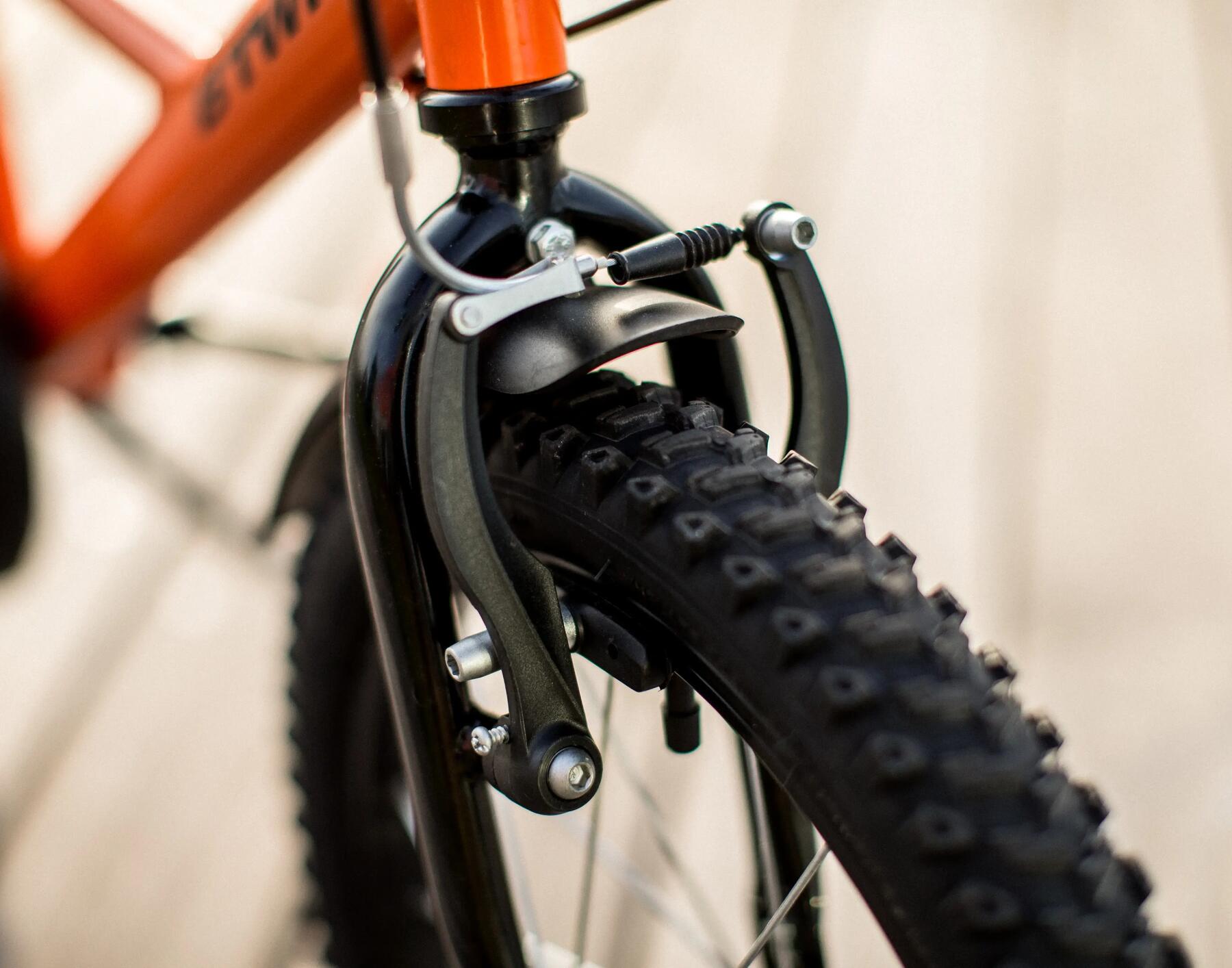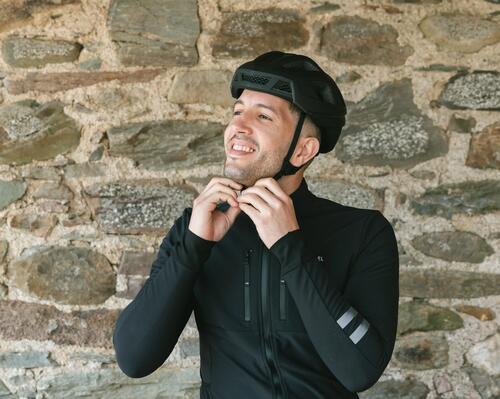1. How And When Should You Use Your Gears?
You won’t find any signs along the road telling you which gear you should be using; it’s entirely a matter of feeling.
You should shift to a lower gear (smaller number) when you feel that you’re having to put too much effort into pedalling.
Conversely, as soon as you feel that you’re pedalling “empty” (without any resistance), you should switch to a higher (number) gear.
Ideally, find a balance between ease of pedalling and the need to feel some slight resistance with each turn of the crankset. Don’t hesitate to change gears frequently if you feel the need.
If your bike is equipped with only one shifter, then it’s very easy; just click away, or turn the handle, as you wish or feel the need.
If your bike is equipped with two shifters, and therefore two derailleurs, it gets a bit more complicated. In this case, you should be aware of the following.
• Firstly: Before changing cogs (right-hand shifter), you should check whether your chain is on the correct chainwheel (left-hand shifter).
• Secondly: While it’s mechanically feasible, you shouldn’t “cross” the chain.
We say a chain is “crossed” when for example it’s on the large chainwheel and on one of the largest cogs, or, inversely, when it’s on the small chainwheel and on one of the smallest cogs. A chain that is crossed in this way will wear down more quickly and wear down the chainwheel and cogs faster too.
Now you might just be about pipe up that you were doing just fine on that particular chainwheel and cog, you were going at a speed and level of effort that suited you, so what’s all the fuss about crossed chains and such? Yes, I understand. But go ahead and gradually change chainwheels and cogs, and you’ll find a setting that will give you the same feel at the same speed, without “crossing” the chain.
To wind up this section, allow me to point out that a mountain bike with 3 chainwheels and 10 cogs has 30 speeds “on paper”. However, in real-world use, you’ll only be using about 12 or 13 of these.
You should use the 3 or 4 largest cogs in combination with the smallest chainwheel. Use the 3 or 4 middle cogs with the middle chainwheel, and the 3 or 4 smallest cogs with the largest chainwheel.
By shifting from one chainwheel to another and progressively choosing the correct cogs, you will always find the ideal speed, suited to your pace, how you feel, your fitness level, the gradient, traffic, the type of terrain, etc.




